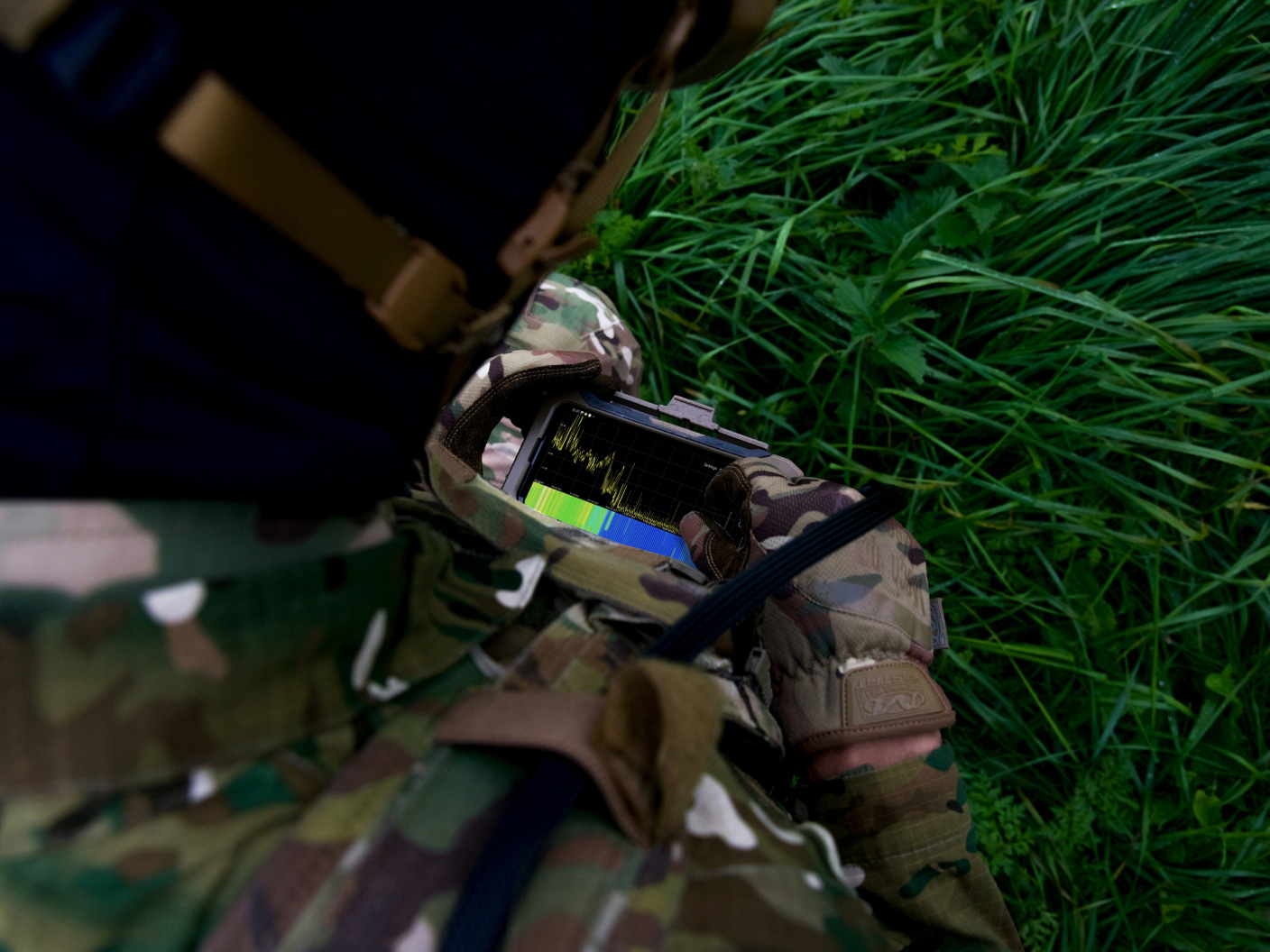
Counter-UAS for Governments
How MyDefence strengthens
Governments
Emerging Drone Threats to Government Security
Governments face growing threats from LSS (Low, Slow, Small) drones. These drones are used for espionage, VIP surveillance, and the placement of electronic listening devices. Additionally, they disrupt public events, harass law enforcement, and conduct ISR (Intelligence, Surveillance, and Reconnaissance). They also pose serious risks to prisons, critical infrastructure, and national borders.
National Security and Public Safety at Risk
Drone incursions make government agencies more vulnerable than ever. They threaten national security policies and increase risks from terrorism. As a result, civilians experience fear and uncertainty. To counter these threats, governments must implement effective drone detection systems. Tracking, identifying, and mitigating unauthorized drones ensures proactive airspace protection.
Advanced Counter-UAV Solutions for Government Protection
MyDefence provides advanced counter-UAS solutions made for government agencies. Our systems are lightweight, rugged, and highly portable. With modular, scalable designs and plug-and-play functionality, they enable rapid deployment in critical situations.
Benefits of C-UAS
Identifying the presence of drones by analyzing their communication signals.
Neutralizing threats by disrupting the communication link between the drone and its operator.
Seamless integration with existing military systems, including full compatibility with the Tactical Assault Kit (TAK) for enhanced operational efficiency and coordination.
Providing real-time situational awareness capabilities, ensuring coordinated responses and informed decision-making across units.

3 Ways Drones threaten
Governments
Drones present a growing threat to government operations, national security, and critical infrastructure by enabling unauthorized surveillance, infringing on restricted areas, and exposing sensitive information to potential exploitation. Their ability to bypass traditional security measures allows them to monitor government facilities, gather classified data, and facilitate targeted attacks. For instance, drones can disrupt operations, compromise confidential activities, or breach airspace over sensitive sites, creating significant security risks with far-reaching consequences. The widespread availability and increasing capabilities of drones make it imperative for governments to take decisive action. Deploying effective counter-UAS solutions is critical to safeguarding national interests, maintaining public safety, and ensuring the integrity of governmental operations.
Drones can gather classified information, posing a significant risk to national security.
Drones can disrupt government operations, causing delays and vulnerabilities.
Drones can deliver payloads to sensitive sites, endangering public safety and infrastructure.



